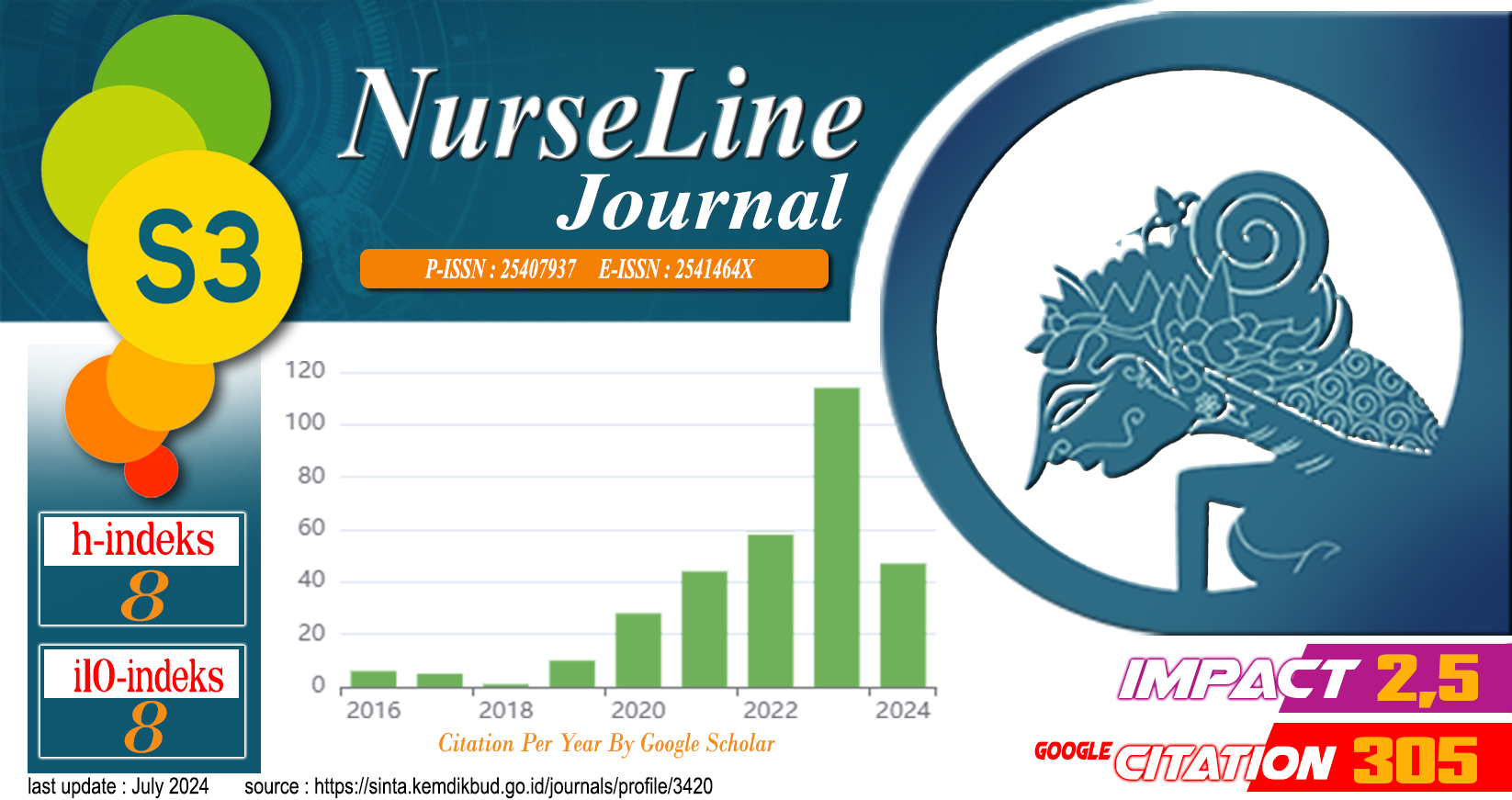The Association Between Hypospadias Occurrence With Exposure Of Pesticides In Agroindustry Enviroment
Abstract
Hypospadias is congenital penis abnormalities in children who are commonly encountered. Structure of the urinary tract is found in the central part of the penis. Many factors cause the occurrence of hypospadias, one of which is exposure to pesticides. Indonesian’s people have a livelihood as farmers, hence the case of contaminated pesticides often occur in the agroindustrial environment. The type of this research is analytic observational by a case-control method which conducted in November until December 2017. The criteria in this study were all hypospadias patients and had undergone treatment at Paru Hospital of Jember, Bina Sehat Hospital of Jember, Bhayangkara Hospital of Bondowoso from January 2015 until November 2017 and close community of patient in one agroindustry region. The sample of this research is 40 samples divides into 20 sample case groups and 20 sample control groups. The data obtained were analyzed by Chi-square test and obtained significant result between the employment relationship (p = 0.011) and pesticide exposure with categories pesticide user (p = 0.026), spacing distance with mother position (p = 0.011), pesticide contact time (p = 0.004), pesticide storage area (p = 0.001) to hypospadias occurrence in the agroindustry environment.
References
Charmichael SL, Yang W, Robert EM, Kegley E, Wolff C, Guo L, el al. 2013. Hypospadias and residential proximity to pesticide application 132: e1216-e1226.
Deziel NC, Friesen MC, Hoppin JA, Hines CJ, Tomas K, Beane Freeman LE. 2015. A review of nonoccupational pathways for pesticide exposure in women living in agricultural areas 123:515-524.
Duarsa GWK, Nugroho TD. 2016. Characteristics of Hypospadias Cases in Sanglah General Hospitasl, Bali-Indonesia: A Descriptive Study 5(1); 13-16.
Fernandez MF, Olmos B, Granada A, Lopez-Espinosa MJ, Molina-Molina JM, Fernandez JM, Cruz M, Olea Serrano F, Olea N. 2007. Human exposure to endocrine-disrupting chemicals and prenatal risk factors for cryptorchidism and hypospadias: a nested case-control study 115 Supple 1:8-14.
Lozier MJ, Curwin B, Nishioka MG, Sanderson W. 2012. Determinants of atrazine contamination in the homes of commercial pesticide applicators across time 9:289-297.
Norsyazwani Mohammad, Emilia Z.A, Vivien H, Sarva M.P, Zailina H. 2017. Pesticide management approach towards protecting the safety and health of farmers in Southeast Asia Oct 21. pii:/j/reveh.ahead-of-print/reveh-2017-0019/reveh-2017-0019.xml.
Pierik FH, Burdorf A, Deddens JA, Juttmann RE, Weber RF. 2004. Maternal an paternal risk factors for crytorchidism and hypospadias: a case-control study in newborn boys Nov; 112(15): 1570-6.
Rittler M, Castilla EE. 2002. Endocrine disruptors and congenital anomalies 18; 421-428.
Soekartawi. 2006. Agribisnis Teori dan Aplikasi. Jakarta: Rajawali Press..
Toichuev RM, Shaynazarov TS, Nematov MA, Abduraimova ChD, Paizova ZM. 2004. Changes in concentration of immunoglobulins in breast milk of nursing mothers, depending on the concentration of organochlorine pesticides in breast milk. Proceedings of the 3rd Russian Congress "Modern technologies in pediatrics and pediatric surgery." PP. 396-397.
Wang MH, Baskin L. 2008. Endocrine disruptors, genital review development, and hypospadias 29(5): 499-505.

This work is licensed under a Creative Commons Attribution-ShareAlike 4.0 International License.
















